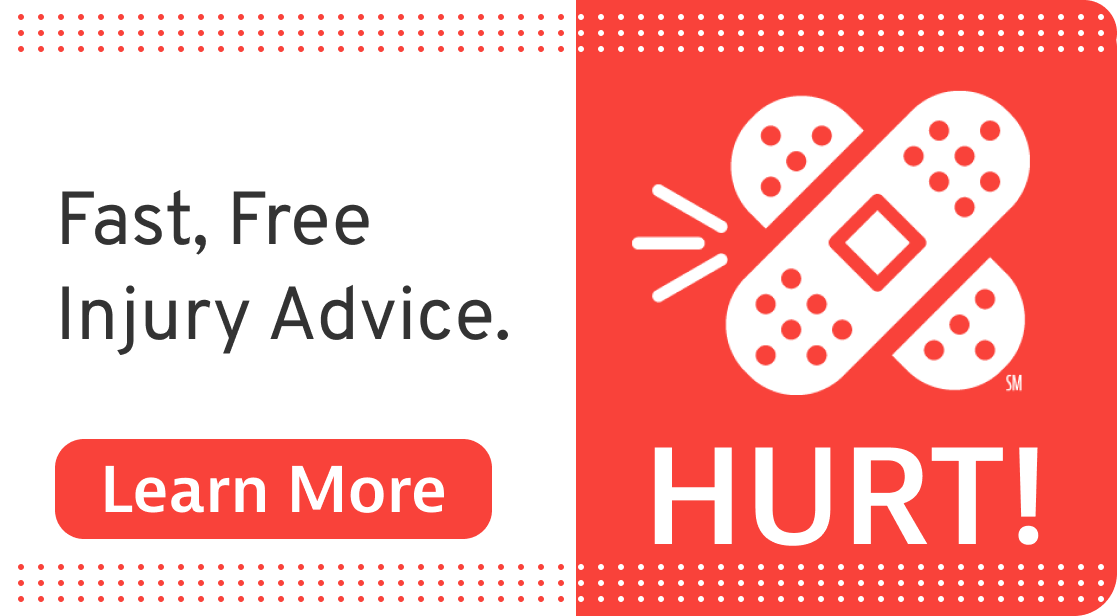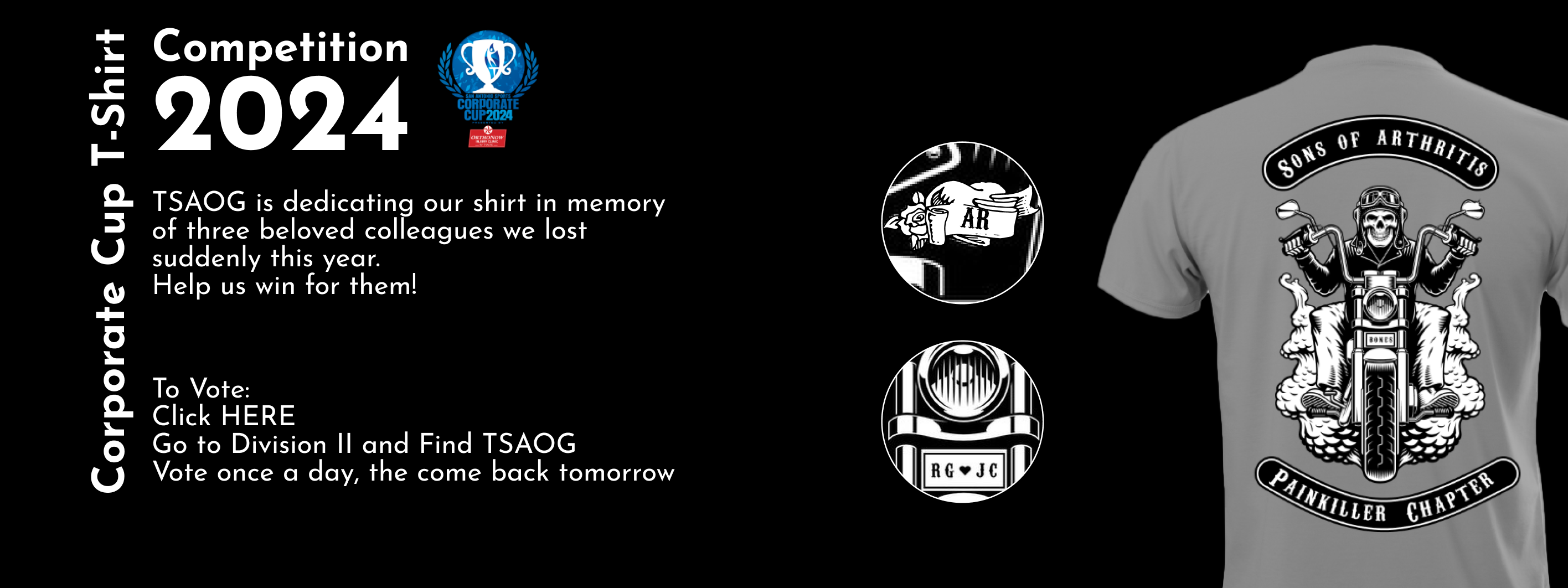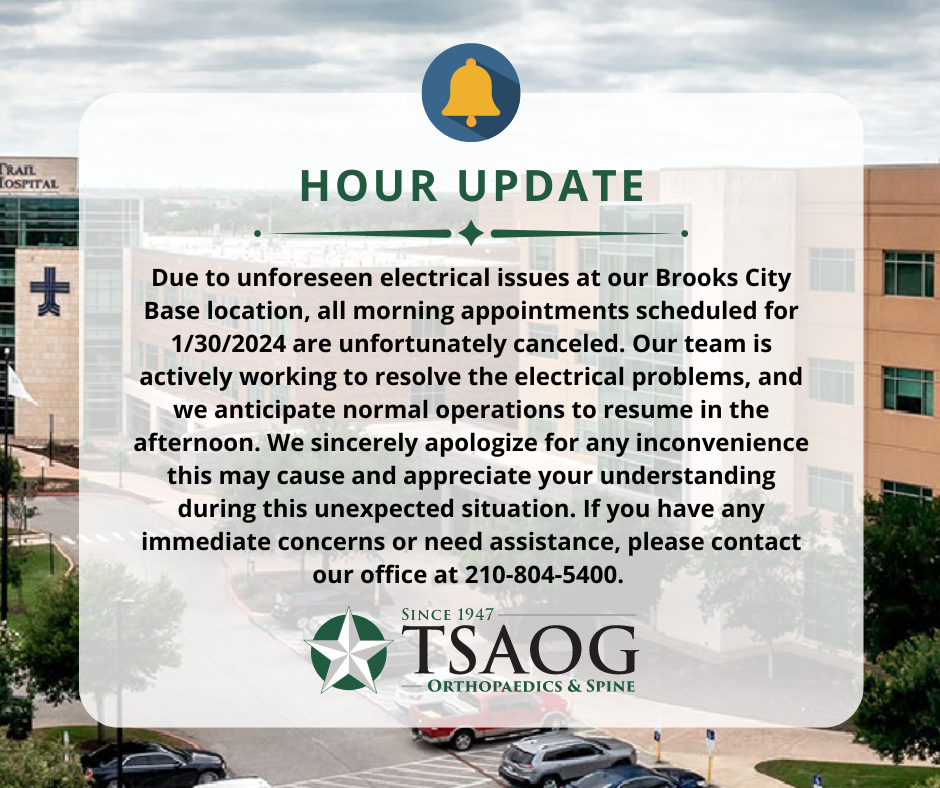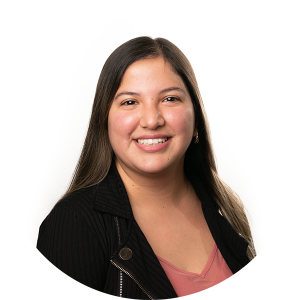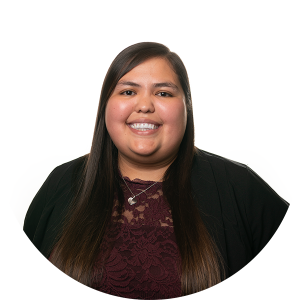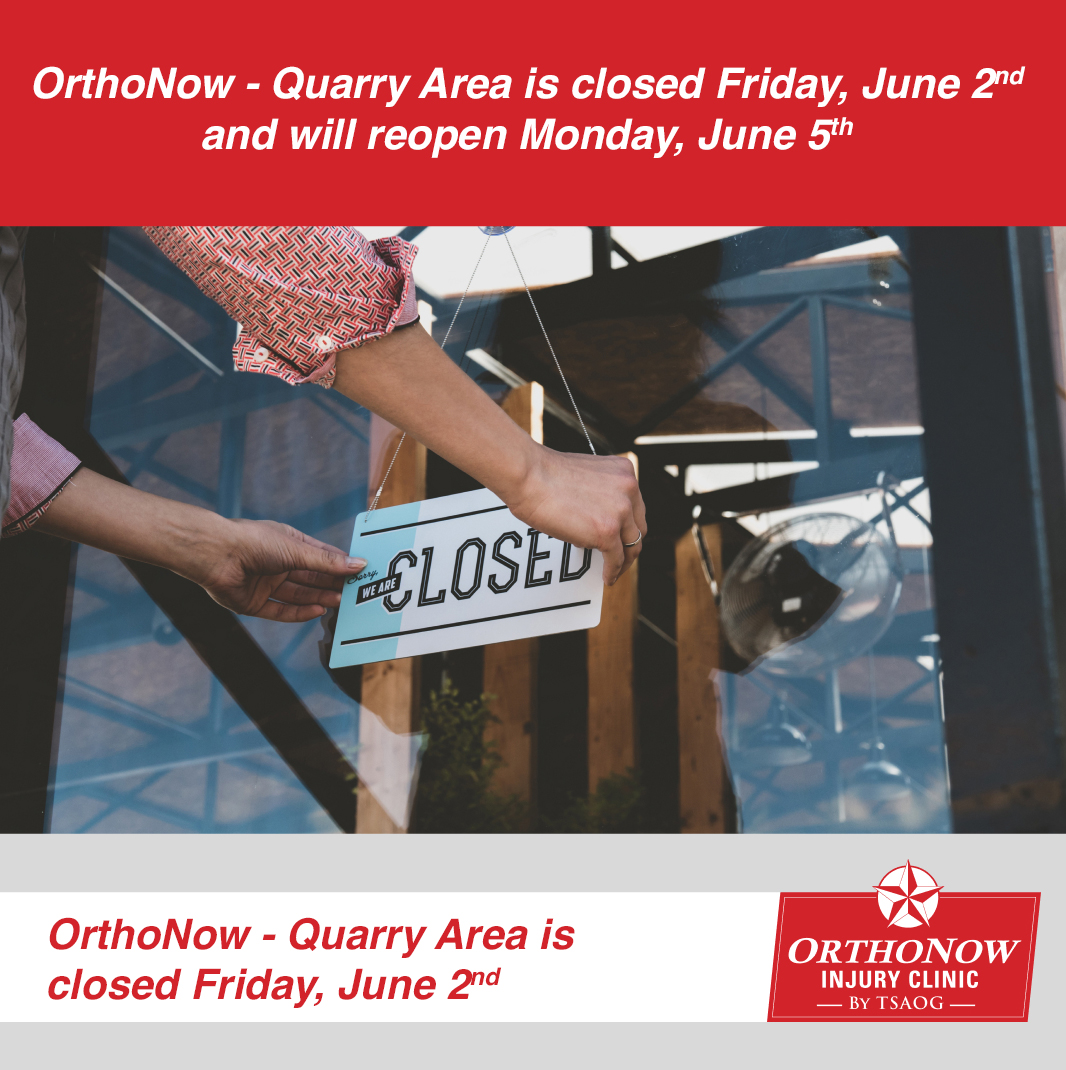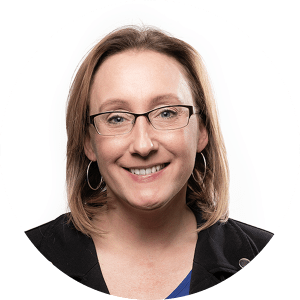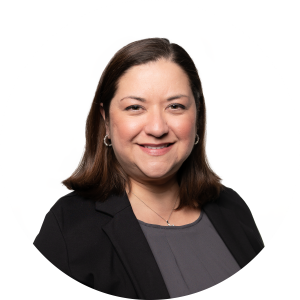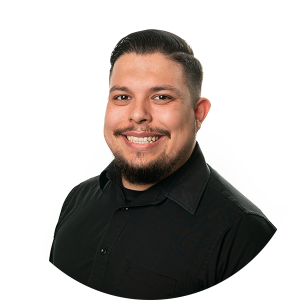Bone Marrow Aspirate Concentrate Injections
Home » Services » Joint Preservation » Bone Marrow Aspirate Concentrate Injections
You May Benefit From BMAC Injections If You Have:
- Avascular Necrosis
- Bone Loss
- Cartilage Defects
- Degenerative Joint Changes, Including Osteoarthritis
- Disc-related Back Pain
- Meniscus Tears
- Non-Union Fractures
- Osteonecrosis
- Tendonopathies
How Does BMAC Therapy Work?
The idea behind BMAC therapy is that the injection of these concentrated regenerative cells at an area of your body and growth factors experiencing degeneration will kick start your body’s ability to heal itself. These injections can be given independently or in conjunction with an orthopedic surgical procedure.
Orthopedic Areas of Interest for BMAC Therapy
- Articular Cartilage
- Tendons and Ligaments
- Meniscus
- Spine
- Osteonecrosis
What to Expect with a Stand Alone BMAC Procedure:
- Initial Visit – An initial consultation with your physician will be required to find out if you are a candidate for BMAC Therapy. In some cases, an MRI may be recommended to confirm your diagnosis and rule out any underlying conditions that could cause complications. If you are determined to be a candidate for BMAC Therapy, your procedure will be scheduled for another day. This initial consultation is usually covered by your insurance plan.
- Preparation – For two weeks prior to your procedure, do not take aspirin or anti-inflammatory medications (NSAIDS).
- Procedure – Stand alone BMAC therapy is done as an outpatient procedure, so most patients will leave the clinic and resume low impact activities the same day. Some patients have reported mild pain for 48-72 hours after their procedure, but this can often be attributed to the absence of their routine anti-inflammatory medications. After this time period, most patients will experience a gradual decrease in pain and some may begin to notice increased function.
- Post-Procedure – To give your procedure the best chance to provide lasting results, our physicians recommend the following post-procedure restrictions:
- Do not take anti-inflammatory medication for 2 weeks after your procedure.
- Rest for the first 24-48 hours after your procedure.
- Restrict the treated joint to low impact / general use for the first 2 weeks.
- For weeks 3-4, you may resume walking, cardio, and light lifting.
- After 4 weeks, you may resume running and weightlifting.
- Pay special attention to the treated joint and contact your physician with any questions or concerns you may have.
Please Note: If you are having a BMAC therapy procedure in conjunction with another surgical procedure, your recommendations may change. Consult with your physician on the guidelines and restrictions for your specific case.
What is the Cost of BMAC Therapy?
Your out-of-pocket cost will vary, depending upon whether you have BMAC therapy independent of or in conjunction with another surgical procedure.
Our current pricing for BMAC therapy is as follows:
- BMAC therapy on one area as a stand-alone procedure will be $3,600, which includes anesthesia.
- BMAC therapy on bilateral areas as a stand-alone procedure will be $4,600, which includes anesthesia.
- BMAC therapy on one area in conjunction with a surgical procedure will be $2,600. Anesthesia will be billed for the surgical procedure, not for the BMAC therapy, in this case.
- BMAC therapy on bilateral areas in conjunction with a surgical procedure will be $3,200. Anesthesia will be billed for the surgical procedure, not for the BMAC therapy, in this case.
Is BMAC Therapy Covered By My Insurance?
No. Because BMAC injections are considered investigational for orthopedic applications, most insurance companies will not cover the cost. Please contact our office to discuss cash payment options.
References
- Fu, Tsai-Sheng, et al, Enhancement of Posterolateral Lumbar Spine Fusion Using Low-Dose rhBMP-2 and Cultured Marrow Stromal Cells, Journal of Orthopaedic Research March 2009, 380-4.
- Centeno, Christopher, et al, Regeneration of meniscus cartilage in a knee treated with percutaneously implanted autologous mesenchymal stem cells, Medical Hypotheses (2008) 71, 900–908.
- Kovacevic BS, David et al, Biological Augmentation of Rotator Cuff Tendon Repair, Clin Orthop Relat Res (2008) 466:622–633.
- Rotini, Roberto et al, New perspectives in rotator cuff tendon regeneration: review of tissue engineered therapies, Chir Organi Mov (2008) 91:87–92.
- Tow B., et al, Disc Regeneration: A Glimpse of the Future, 2007 The Congress of 128 Neurological Surgeons.
- Chen, Faye, et al, Technology Insight: adult stem cells in cartilage regeneration and tissue engineering, NATURE CLINICAL PRACTICE RHEUMATOLOGY, JULY 2006 VOL 2 NO 7, 373-382.
- Zantop, Thore et al, Extracellular Matrix Scaffolds Are Repopulated by Bone Marrow-Derived Cells in a Mouse Model of Achilles Tendon Reconstruction, Journal of Orthopaedic Research June 2006, 1299-1309.
- Acosta F., Lotz J., Ames C., et al, The potential role of mesenchymal stem cell therapy for intervertebral disc degeneration: a critical overview, Neurosurg Focus 19 (3):E4, 2005.
- Baksh D., et al, Adult mesenchymal stem cells: characterization, differentiation, and application in cell and gene therapy, J. Cell. Mol. Med. Vol 8, No 3, 2004 pp. 301-316.
- Crevesten G., et al, Intervertebral Disc Cell Therapy for Regeneration: Mesenchymal Stem Cell Implantation in Rat Intervertebral Discs, Annals of Biomedical Engineering, Vol. 32, No. 3, March 2004 pp. 430–434.
- Hicok, K. C., et al, Human adipose-derived adult stem cells produce osteoid in vivo, Tissue Engineering, Vol. 10(3-4), 371-80, 2004.
- Javazon, E., Mesenchymal stem cells paradoxes of passaging, Expiremental Hematology, 32(5)- 414-25, 2004.
- Loening, A. M., et al, AMIDE: A Free Software Tool for Multimodality Medical Image Analysis, Molecular Imaging, Vol. 2(3), 131-7, 2003.
- Heck J., et al, A Classification System for the Assessment of Lumbar Pain in Athletes, Journal of Athletic Training 2000;35(2):204–211.
- Kraus, K., Critically sized osteo-periosteal femoral defects: a dog model, Journal of Investigative Surgery, Vol. 12(2), 115-24, 1999.
- Hernigou, Philippe et al, Abnormalities in the Bone Marrow of the Iliac Crest in Patients Who Have Osteonecrosis Secondary to Corticosteroid Therapy or Alcohol Abuse, J Bone Joint Surg Am. 1997;79:1047-53.
- Nakajima MD, Takashi, et al, Evaluation of Posterolateral Spinal Fusion Using Mesenchymal Stem Cells, SPINE Volume 32, Number 22, pp 2432–2436.
FIND A LOCATION

Mission Trail Medical Plaza
3327 Research Plaza, #215
San Antonio, TX 78235

Christus Santa Rosa NW, Tower I
2829 Babcock Rd., #700
San Antonio, TX 78229

Ridgewood Orthopaedic Center
19138 US-281 N
San Antonio, TX 78258
PHYSICIANS: Joseph Poku, M.D. , B. Christian Balldin, M.D. , David T. Hughes, D.P.M. , Casey D. Taber, M.D. , Bryan W. Kaiser, M.D. , Stephen C. Drukker, M.D. , Robert U. Hartzler, M.D., M.S. , M. Brandon Dobson, M.D. , Dustin B. Rinehart, M.D. , David R. Espinoza, M.D. , Lauren E. Karbach, M.D. , Randall C. Marx, M.D. , David E. Vizurraga, M.D. , Eloy Ochoa, Jr., M.D. , Richard Nauert, M.D. , Justin Robbins, M.D. , Patrick Ahern, M.D. , Jessica F. Rutstein, D.P.M. , Matthew C. Swann, M.D. , Ephraim K. Brenman, D.O., R.M.S.K. , Scott R. Seidel, D.C. , Sergio Viroslav, M.D. , Jonathan S. Duncan, M.D. , Richard L. Ursone, M.D. , Alexander S. Rowland, M.D. , Michaelia Sunderland, M.D. , Cory J. Moczygemba, DPM , Linzy Fitzsimons, M.D. , G. Lane Naugher, M.D.

Westover Hills Medical Plaza I
11212 State Hwy 151, #150
San Antonio, TX 78251

Grayson Heights
1422 East Grayson Street, Ste 102
San Antonio, TX 78208
PHYSICIANS: S. Josh Bell, M.D. , Mickey S. Cho, M.D.

The Orthopaedic Institute
400 Concord Plaza Dr.
San Antonio, TX 78216
PHYSICIANS: Stephen T. Gates, M.D. , G. Lane Naugher, M.D. , Charles E. Bryant, M.D. , Alexander S. Rowland, M.D. , Randall C. Marx, M.D. , Shane C. Eizember, M.D. , Casey D. Taber, M.D. , David E. Vizurraga, M.D. , Ephraim K. Brenman, D.O., R.M.S.K. , B. Christian Balldin, M.D. , Frank J. Garcia, M.D. , Lauren E. Karbach, M.D. , Anthony Montanez, M.D. , Christian A. Woodbury, M.D. , Justin Robbins, M.D. , Eloy Ochoa, Jr., M.D. , Christopher J. Tucker, M.D. , S. Josh Bell, M.D. , Eduardo Moreno, M.D. , Matthew C. Swann, M.D. , David R. Espinoza, M.D.

Resolute Retail Plaza
601 Creekside Crossing #106
New Braunfels, TX 78130

Schertz Parkway Professional Plaza
5000 Schertz Parkway, #600
Schertz, TX 78154
PHYSICIANS: Nicholas Nira, D.C. , Mickey S. Cho, M.D. , Justin Robbins, M.D. , Richard Nauert, M.D. , Emmanuel C. Nwelue, Jr., M.D. , Richard L. Ursone, M.D. , Lauren E. Karbach, M.D. , Dustin B. Rinehart, M.D. , Charles E. Bryant, M.D. , Jeffrey B. Shroff, M.D. , Jonathan S. Duncan, M.D. , Michaelia Sunderland, M.D.
Quarry Area
Add an optional description to your map pin
Ridgewood Orthopaedic Center
Schertz
Medical Center
Westover Hills
WorkSmart at Grayson Heights
Brooks City Base
New Braunfels
